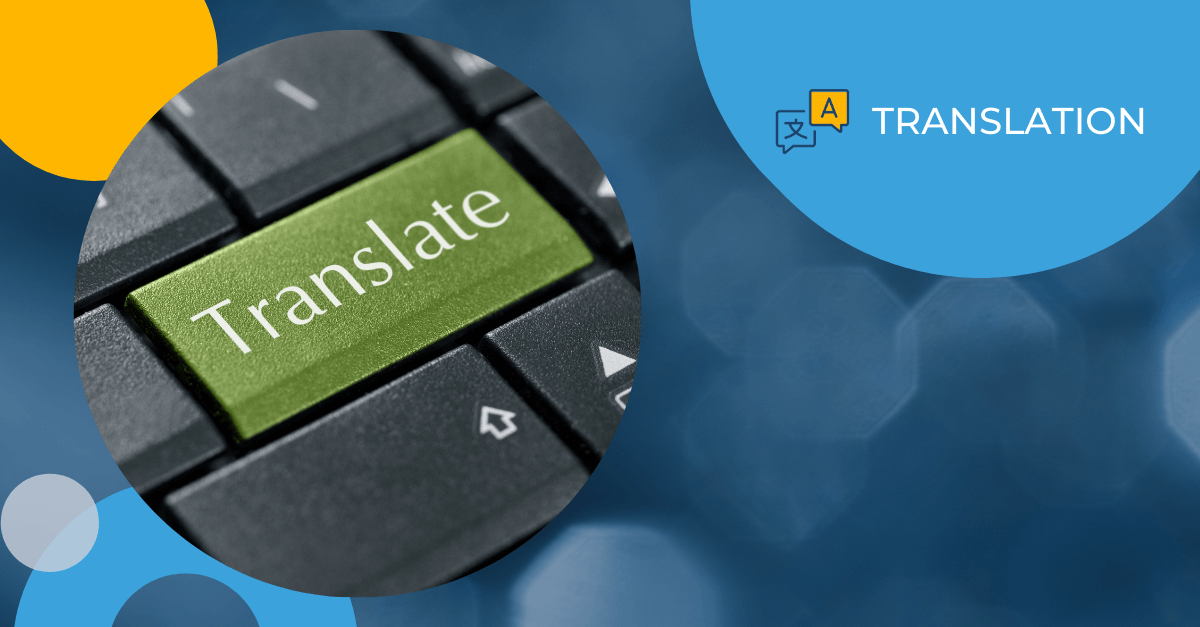This past Sunday, a new translation of the Catholic Mass was introduced to mixed reviews and a bit of a backlash from parishioners. Many priests and Catholic scholars also opposed the new version, which makes changes to English-language versions of sections including the Nicene Creed and Priestly Greeting (here are a few examples). To us, it’s a good reminder of how fraught and sensitive translation issues can be, even when you prepare for them well in advance, as the Church did.
Why the controversy? First a little history. Before 1963, the mass was recited strictly in Latin in most countries for centuries. The Second Vatican Council changed this by allowing Catholics to pray in the vernacular as they participate in the Church’s sacred rites. English versions were introduced in the 60s, and an official English version of the Latin Mass was implemented in 1970. Despite minor tweaks in 1975, this is the same version that almost all American Catholics have been using for the past 40 years.
Change is always difficult, especially for something as personal and meaningful as prayer. And even though the meaning and message of the translated text has not changed considerably, the tone and style have–and in translation, style can be just as important as substance. The new mass is being described as “too Latinate,” less poetic, and employing overly complex and arcane language. More importantly, many Catholics feel that the whole project was imposed by the Catholic hierarchy, without enough input from local clergy and congregants.
In a few weeks, the controversy will likely be forgotten as parishioners get used to the translation changes. But the lack of collaboration could further strain relations between the Vatican and lay Catholics–definitely not the kind of change the Church was aiming for.


